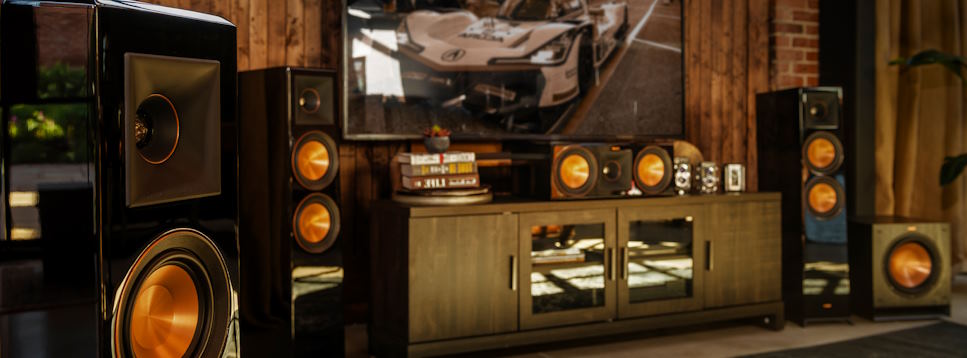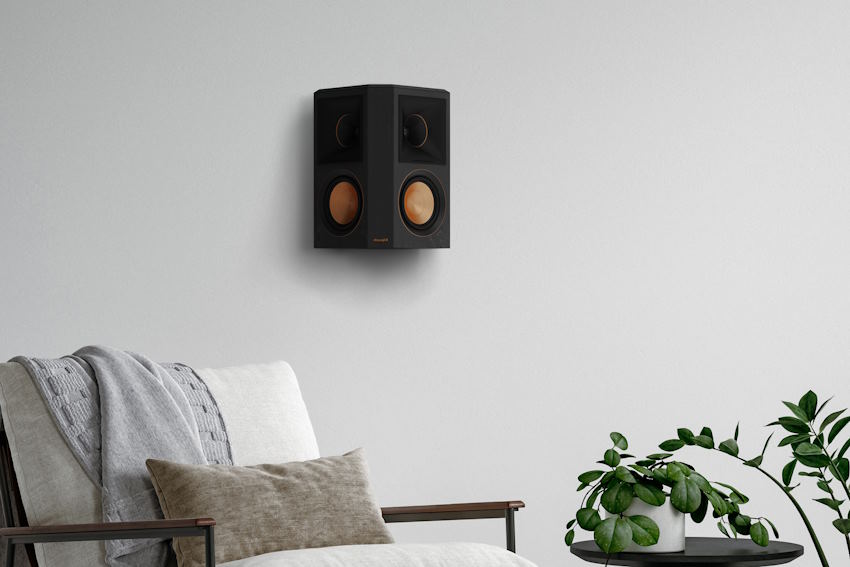
Wireless vs. Wired Speakers for Your 5.2 Audio Experience
In the ever-evolving landscape of audio technology, the choices available to consumers are both bountiful and complex. Whether you’re a cinephile aiming to recreate the cinematic experience at home or a gaming enthusiast seeking an immersive soundscape, the decision between wireless and wired speakers can significantly impact the quality of your 5.2 audio setup. As we delve into the world of audio, we find ourselves at a crossroads, with the convenience of wireless speakers on one side and the reliability of wired speakers on the other.
Wired Speakers: Pros and Cons
When it comes to selecting the right speakers for your 5.2 surround sound system experience, wired speakers have their own set of advantages and disadvantages that merit consideration.
Advantages of wired speakers
- High-quality audio transmission: Wired connections deliver audio with minimal loss or interference, ensuring that you experience your audio content in its purest form. The absence of wireless signal interference or degradation means that you can enjoy high-fidelity sound, whether it’s the subtle nuances of a movie soundtrack or the intricacies of your favorite music.
- Minimal latency: Latency, or the delay between the source and sound output, is almost non-existent in wired setups. This is especially important for gamers, where split-second decisions can mean the difference between victory and defeat.
Drawbacks of wired speakers
- Limited mobility and cable management: The primary downside of wired speakers is the need for physical cables. These cables can limit the mobility of your speakers and require careful cable management to avoid clutter and tripping hazards. It’s a trade-off between stability and convenience.
- Installation challenges: Installing wired speakers can be more complex than their wireless counterparts. It may involve routing cables through walls or ceilings, which can be a time-consuming and sometimes invasive process. This can be a significant drawback if you’re looking for a quick and easy setup.
Wireless Speakers: Pros and Cons
Advantages of wireless speakers
- Flexibility and easy placement: Wireless speakers offer the freedom to place your audio sources wherever you desire. You aren’t constrained by the length of cables, making it easy to optimize the audio experience in your space. This flexibility ensures that you can create an immersive soundscape without being limited by the placement of your audio equipment.
- No need for extensive cabling: One of the primary advantages of wireless speakers is the absence of a tangle of cables. This eliminates the need for complex cable management and minimizes clutter, giving your room a clean and uncluttered look.
- Convenience and portability: Wireless speakers are incredibly convenient. They can be easily moved around your space, allowing you to adapt your audio setup to various situations. Whether you want to host a party in your living room, enjoy music on the patio, or enhance your gaming setup, wireless speakers offer a level of portability that wired speakers can’t match.
Considerations for Your 5.2 Audio Setup
Creating an ideal 5.2 audio experience requires careful planning and consideration of various factors. Let’s delve into the key aspects you should keep in mind when setting up your audio system.
- Room layout and speaker placement: Your room’s layout plays a pivotal role in determining the optimal placement of your speakers. Consider the size and shape of the space, as well as any obstructions or acoustic challenges. Proper positioning can enhance sound distribution and create an immersive listening environment. For a 5.2 audio setup, it’s vital to position the front, center, and rear speakers correctly to achieve balanced surround sound.
- Budget constraints: Your budget is a significant factor when choosing the components for your audio system. While high-end speakers and amplifiers can offer exceptional performance, there are also more affordable options that can deliver impressive results. Carefully assess your budget and explore options that strike a balance between quality and affordability.
- Desired audio quality and performance: Consider what you expect from your 5.2 audio system in terms of audio quality and performance. Are you an audiophile seeking pristine sound quality, a movie buff looking for cinematic immersion, or a gamer craving immersive audio effects? Different setups may cater to distinct preferences, so align your choices with your specific goals.
- Compatibility with your existing equipment: Ensure that your new audio components are compatible with your existing equipment. Check the specifications and connectors to avoid compatibility issues. It’s also essential to confirm that your receiver or amplifier can support a 5.2 audio configuration.

